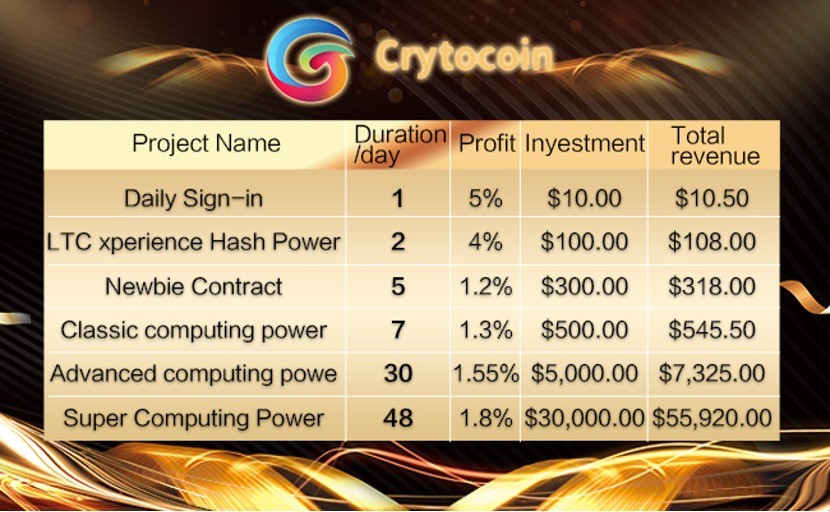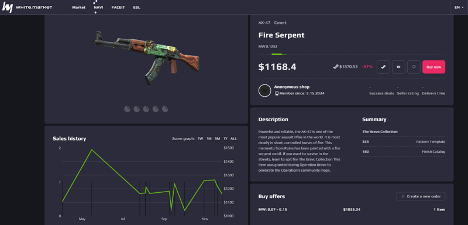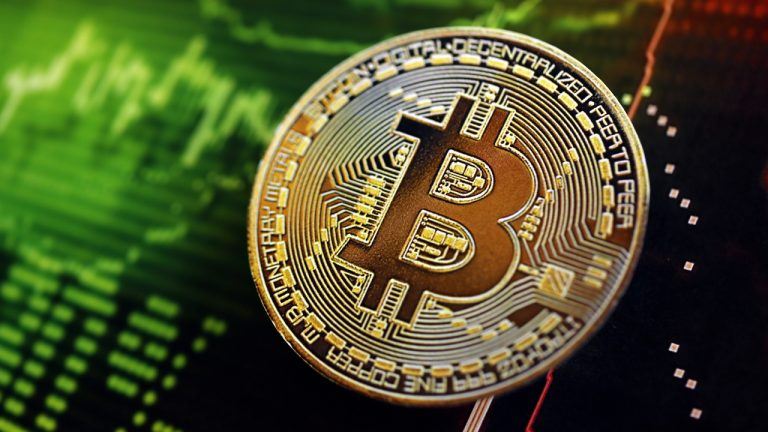Bitcoin futures premium falls to lowest level in a year, triggering traders‘ alerts

On March 12, Bitcoin futures traded 5.5% below regular spot exchanges, causing volatility in derivatives markets.
The price of Bitcoin (BTC) increased by 14.4% between March 12-13 after it was confirmed that financial regulators had rescued depositors in the failing Silicon Valley Bank (SVB). The intraday high of $24,610 may not have lasted long, but $24,000 represents a 45% increase year-to-date.
On March 12, U.S. Treasury Secretary Janet Yellen, Federal Reserve Chairman Jerome Powell, and Federal Deposit Insurance Corporation (FDIC) Chair Martin Gruenberg issued a joint statement to reassure SVB depositors.
Regulators also announced a systemic risk exception for Signature Bank (SBNY), an intervention designed to compensate depositors for losses incurred by the previous management. Signature Bank was one of the most prominent financial institutions serving the cryptocurrency industry, alongside Silvergate Bank, which announced its voluntary liquidation last week.
To avert a larger crisis, the Fed and Treasury devised an emergency program to supplement all deposits at Signature Bank and Silicon Valley Bank with funds from the Fed’s emergency lending authority. According to the regulators‘ joint statement, „no losses will be borne by the taxpayer,“ although the strategy for deploying Treasury assets is questionable.
The stablecoin USD Coin (USDC) also caused significant turmoil in the cryptocurrency industry after breaking below its 1:1 peg with the U.S. dollar on March 10. The fear grew after the issuing management company Circle confirmed that $3.3 billion in reserves were held at Silicon Valley Bank.
Such an unusual movement caused price distortion across exchanges, prompting Binance and Coinbase to disable the automatic conversion of the USDC stablecoin. The decoupling from $1 bottomed near $0.87 in the early hours of March 11 and was restored to $0.98 after FDIC’s successful intervention in SVB was confirmed.
Let’s take a look at Bitcoin derivatives metrics to see where professional traders stand in the current market.
Bitcoin futures metrics flipped to extreme fear
Bitcoin quarterly futures are popular among whales and arbitrage desks. These fixed-month contracts typically trade at a slight premium to spot markets, indicating that sellers are asking for more money to delay settlement for a longer period.
As a result, futures contracts in healthy markets should trade at a 5% to 10% annualized premium — a situation known as contango, which is not unique to crypto markets.

The chart shows traders had been neutral-to-bearish until March 10 as the basis indicator oscillated between 2.5% and 5%. However, the situation quickly changed in the early hours of March 11 as the stablecoin USDC decoupled, and cryptocurrency exchanges were forced to change their conversion mechanisms.
Consequently, the Bitcoin 3-month futures premium turned into a discount, otherwise known as backwardation. Such movement is highly unusual and reflects investors‘ lack of trust in intermediaries or extreme pessimism towards the underlying asset. Even as the USDC stablecoin price approaches $0.995, the current 0% premium indicates a lack of leverage buying demand for Bitcoin via futures instruments.
Related: Crypto investment products see largest outflows on record amid SVB collapse
Crypto-fiat gateways are key to reclaiming improved market dynamics
By reclaiming the $24,000 support, Bitcoin has restored levels unseen since the Silvergate Bank stock price collapse on March 1 after the delayed filings of its annual 10-K financial report. Moreover, crypto exchanges and stablecoin providers were forced to suspend U.S. dollar deposits, with the closure of Signature Bank affecting OKCoin.
Banking options for crypto firms, including exchanges, are likely to become more limited as traditional banks remain wary of the sector. According to some analysts, U.S. regulators are purposefully discouraging major banks from doing business with cryptocurrency exchanges.
Fiat gateway on and off ramps are critical for stablecoins, market markers, and cryptocurrency exchanges for a variety of reasons. The ability to convert Bitcoin to cash and vice versa is critical for their day-to-day operations, so the longer it takes to find new banking partners, the more difficult it is for stablecoins to allow redemptions and exchanges in order to maintain a high level of liquidity.
Derivatives metrics may have recovered from the initial banking crisis contagion risk, but they still indicate Bitcoin bulls‘ lack of confidence in a long-term recovery.
The views, thoughts and opinions expressed here are the authors’ alone and do not necessarily reflect or represent the views and opinions of Cointelegraph.









